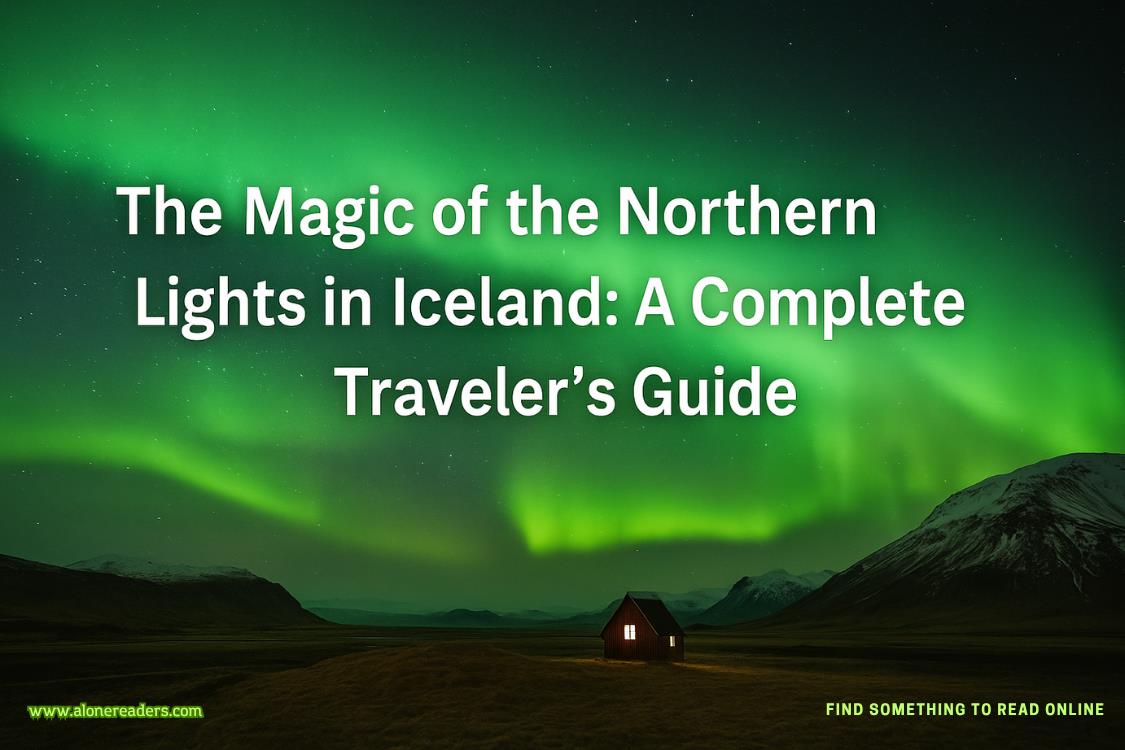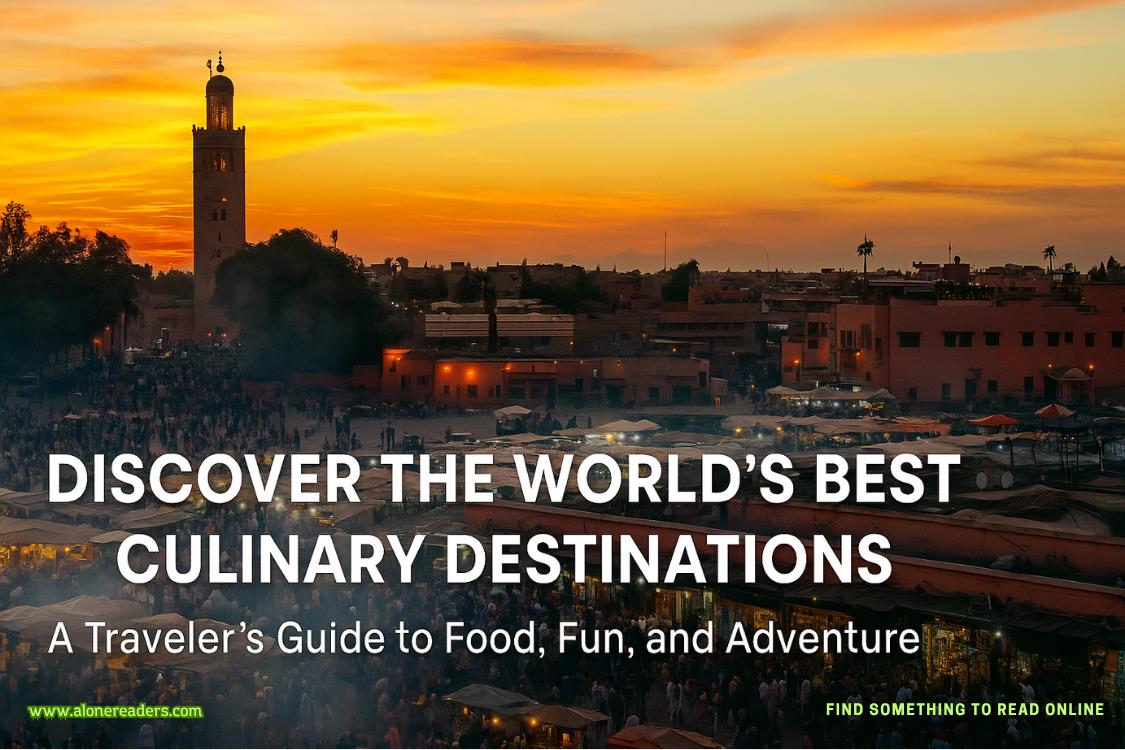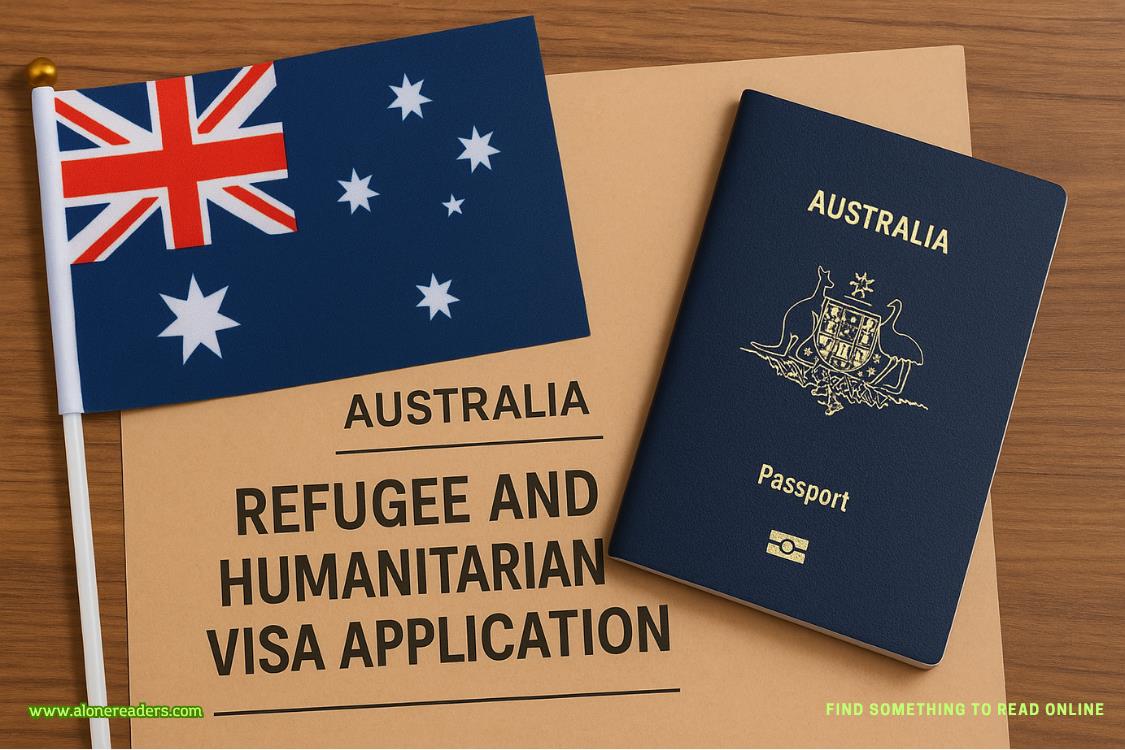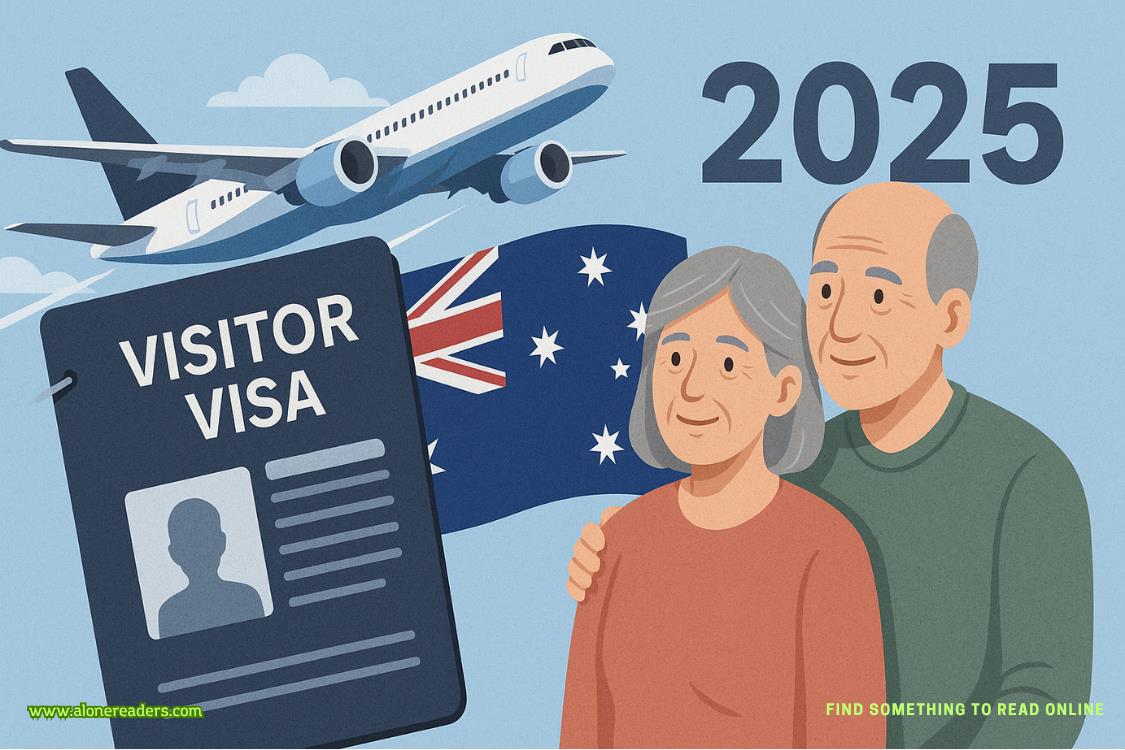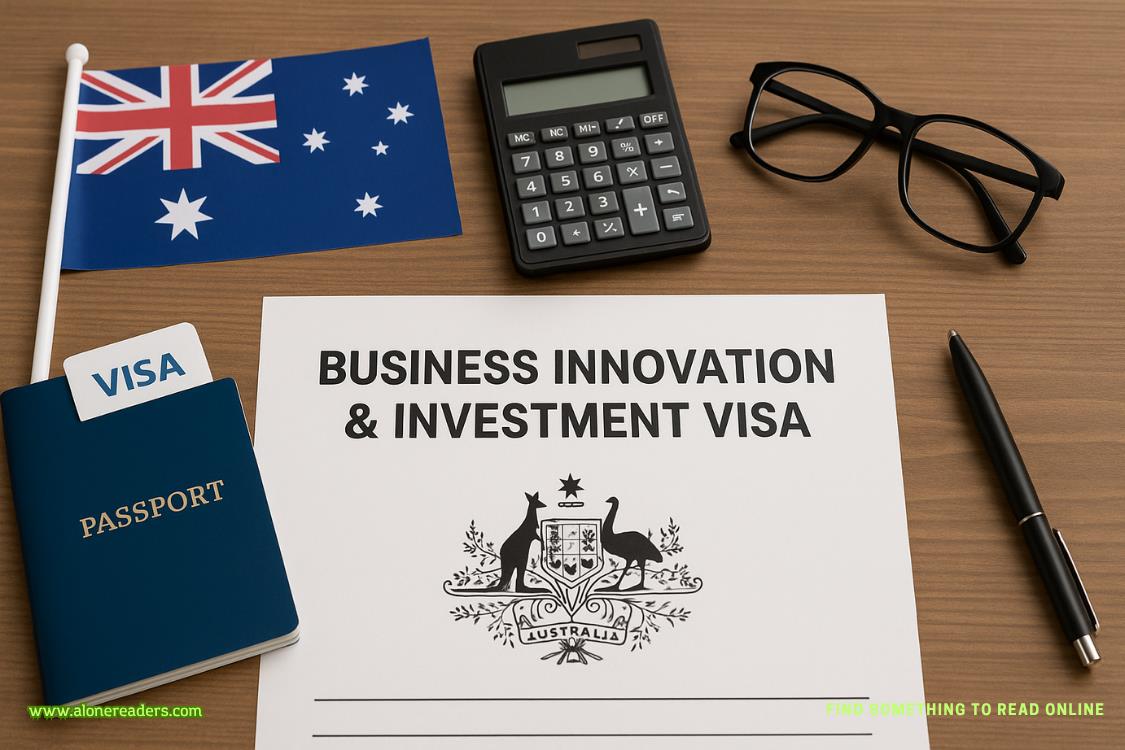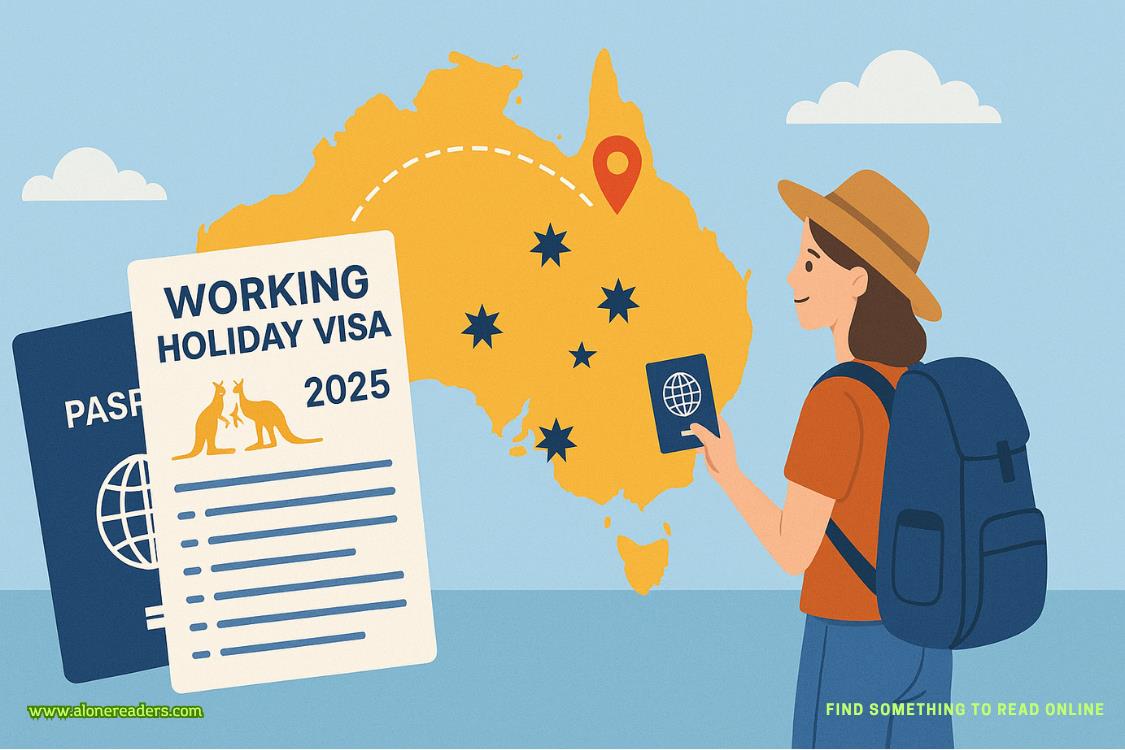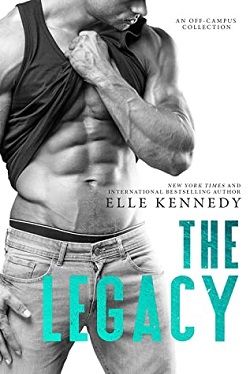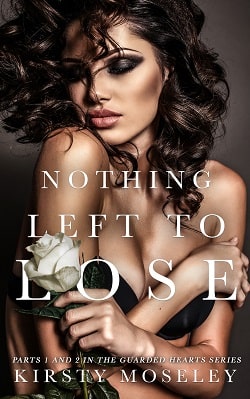I’m here all week.
And just getting started.
Now I’m facing Steve Salzman again.
“I am going to make the assumption that in preparation for your testimony here, you studied the use of DNA as it has applied to other murder trials,” I say. “Am I correct about that?”
“As a matter of fact, you are.”
“And in those studies, in what was effectively your own trial prep, did you find a single case where DNA was thesingledetermining result or conclusion or fact in proving a defendant’s guilt beyond a reasonable doubt?”
He hesitates.
“I’m not sure what you’re asking,” he says.
“Let me see if I can make it clearer for you,” I say. “Wouldn’t even a cursory Google check tell you that often the opposite is true, that DNA—sometimes years after thefact—has often been used to prove the innocence of someone falsely convicted of murder by noble lawyers from places like the Innocence Project?”
“Objection,” Welsh says, jumping to her feet. “Now who’s giving speeches, Your Honor?”
“Overruled,” Judge Horton says. “But Ms. Smith, let’s move on from you sounding like an unpaid spokesperson for the Innocence Project.”
“My pleasure, Your Honor.”
I walk toward the witness stand now, stopping only a few feet away. Jimmy Cunniff has always said that in moments like these I remind him of a boxer cutting off the ring. Even a girl boxer.
“Can a person’s DNA be harvested?” I ask Salzman.
“Harvested?”
“You see, Mr. Salzman, I did some forensic trial prep of my own. So what I’m asking is if someone who knew what he, or she, was doing, could they recover DNA off someone’s toothbrush, for example, and then—again, knowing what they were doing—preserve that DNA along with a few drops of water in a test tube for future use?”
“I guess that would be possible, yes.”
“Objection!”Katherine Welsh says, much louder than before. “Your Honor, it’s also possible that Ms. Smith could become an astronaut if she trained for it. But as far as I know, she hasn’t.”
I’ve never been able to help myself in moments like these, no matter how many times I’ve been warned by judges.
“I’m starting to feel a little weightless right now, to tell you the truth,” I say.
“The objection is overruled,” Horton says. But then to me he says, “Ms. Smith, please let it be noted for the record that you’re not as amusing as you clearly think you are.”
Am too,I think.
But what I say is this: “If it pleases the court, what I’mtrying to establish with this witness, in a scientific way I’m hopeful he will appreciate, is that there are a lot of ways why and how my client’s DNA could have ended up in that house, and near those victims, without him being the one to leave it there. So what I’m really asking the witness is if he thinks it’s entirely possible that someone other than my client committed these crimes?”
“It would be extremely difficult to plant that much evidence,” he says, “even for someone who did know what they were doing.”
I grin at him. “But possible,” I say, before adding, “like becoming an astronaut.”
“Yes,” he says. “Possible.”
“And on the subject of hair follicles,” I continue, “isn’t it true that someone whose intentionisan elaborate and creative frame-up would only need access to someone’s hat, or even hairbrush?”
“Objection,” Welsh says. “Your Honor, that isn’t a serious question. It’s just more of Ms. Smith’s fever dream about this murder being a setup.”
“Sustained,” Horton says.
“Your Honor,” I say, “I’m just attempting to make the jury aware that this trial isn’t over just because of DNA samples that Mr. Salzman collected at the murder scene, but is rather just beginning.”




